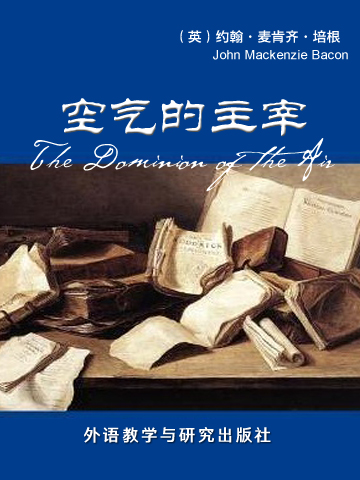带你了解空气流动的原理。
"He that would learn to fly must be brought up to the constant practice of it from his youth, trying first only to use his wings as a tame goose will do, so by degrees learning to rise higher till he attain unto skill and confidence."
So wrote Wilkins, Bishop of Chester, who was reckoned a man of genius and learning in the days of the Commonwealth. But so soon as we come to inquire into the matter we find that this good Bishop was borrowing from the ideas of others who had gone before him; and, look back as far as we will, mankind is discovered to have entertained persistent and often plausible ideas of human flight. And those ideas had in some sort of way, for good or ill, taken practical shape. Thus, as long ago as the days when Xenophon was leading back his warriors to the shores of the Black Sea, and ere the Gauls had first burned Rome, there was a philosopher, Archytas, who invented a pigeon which could fly, partly by means of mechanism, and partly also, it is said, by aid of an aura or spirit. And here arises a question. Was this aura a gas, or did men use it as spiritualists do today, as merely a word to conjure with?
本书讲述了空气的流动原理。
The records that Wise has left of his investigations begin at the earliest stage, and possess the charm of an obvious and somewhat quaint reality. They commence with certain crude calculations which would seem to place no limit to the capabilities of a balloon. Thus, he points out that one of "the very moderate size of 400 feet diameter" would convey 13,000 men.
- 书评 写书评
- 笔记
-
书评加载中...



















 京公网安备 11010802032529号
京公网安备 11010802032529号
笔记加载中...